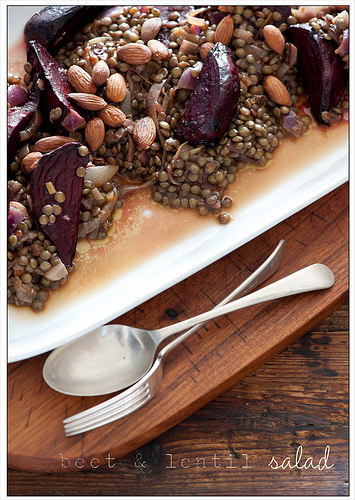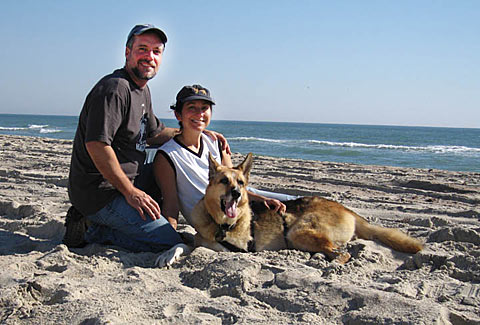This guest post is by Dan Lippmann of danlippmann.com.
Does every squabble with your partner turn into a full fledged shouting match? Does your desire to vigorously defend yourself come second only to proving how wrong your partner is?
Her: “I thought you said you were going to take out the garbage.”
Him: “I am going to take it out. Just not now.”
Her: “But you’ll forget if you don’t do it right now.”
Him: “Stop bossing me around. I’ll do it when I’m good and ready.”
Her: “Which means never. And, then I’ll have to take it out in the morning. I’m so sick of cleaning up all the messes you leave behind.”
Him: “What’s that supposed to mean?”
Her: “You know exactly what it means. Maybe I’m just sick of you!”
Sound familiar?
So what do you do when all reason goes out the window, insults are flying, and you’ve backed each other into a corner?
Actually, there are several things you can do to restore the peace, but they all hinge on your willingness to do something “unnatural.”
I’m a counselor who spends a lot of time teaching couples how to communicate more effectively. The comment I hear most often when I introduce these strategies is, “This isn’t natural!” I tell couples, “You’re right. It’s not natural. But it’s worth practicing until it comes naturally.”
Would you rather be happy or right?
My client Joe described his wife as “hot-tempered and critical.” Whenever she accused him of something, he would vigorously defend himself and tell her she was completely wrong. She would then insist that she was right, and their fights would escalate into three-hour screaming matches that would jump from one subject to another.
I asked Joe what he thought would happen if, rather than defending himself and insisting she was wrong, he found a bit of truth in what she was saying and admitted some responsibility.
He said, “I could never do that! It’s not what a man does! Besides, I like being right.”
So I asked him, “Would you rather be right or happy?”
He decided to give the techniques a try, and we rehearsed some ways to respond to his wife’s accusations.
At the next session, Joe reported that a miracle had happened! His wife had accused him of never complimenting her, and instead of defending himself, he replied, “You’re right. I don’t compliment you enough. I’m going to do that more.” His wife was caught completely off guard and mumbled, “That’s great.” Joe marveled, “That was the end of the discussion. Normally we would have had a three-hour fight.”
The more Joe practiced not always having to be right, the more the relationship improved. Today he and his wife feel closer than ever.
How to prevent disagreements from escalating
The strategies below are likely to feel awkward and unnatural at first. It’s not easy to let go of defensive, knee-jerk responses. But if you persist, I guarantee you’ll have a happier, more loving relationship.
- When your partner accuses you, look for some grain of truth in what they are saying – even if it’s miniscule. For example, “You’re right I do forget to take out the garbage sometimes.”
- If you can’t find any truth at all in what the other person is saying, just say, “You might have a point there. Let me think about that.”
- Even if you completely disagree with the other person’s accusations, you might still want to admit it just to preserve harmony. (This takes a lot of motivation and self-control!) You can always explore the issue at a later time when your partner is calmer.
If you want your partner to appreciate and love you more, then try being right less often!
I’d love to hear what happens when you try out these unnatural strategies. How did you partner react the first time they heard one of these new responses? Please let me know!
Dan Lippmann counsels clients from his two Chicago-area offices and is the creator of the Mood Switch Method, an easy to learn technique that breaks the painful cycle of negative emotions, such as anxiety, down moods and anger. Download his free eBook, Beyond EFT: 7 Steps to Banish Stress, Worry, Fear and Anxiety, and sign up for his weekly tips at www.danlippmann.com.















Recent Comments